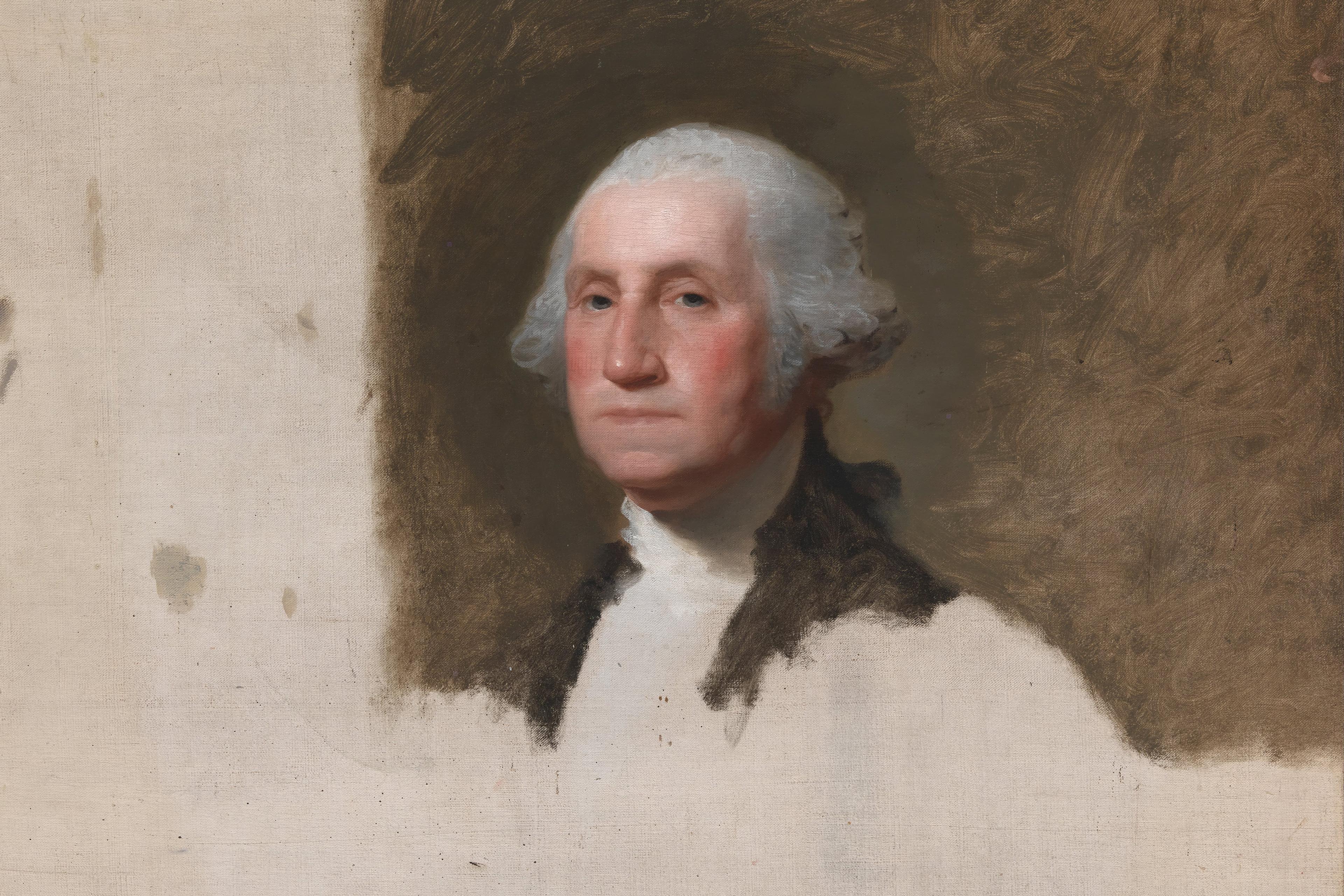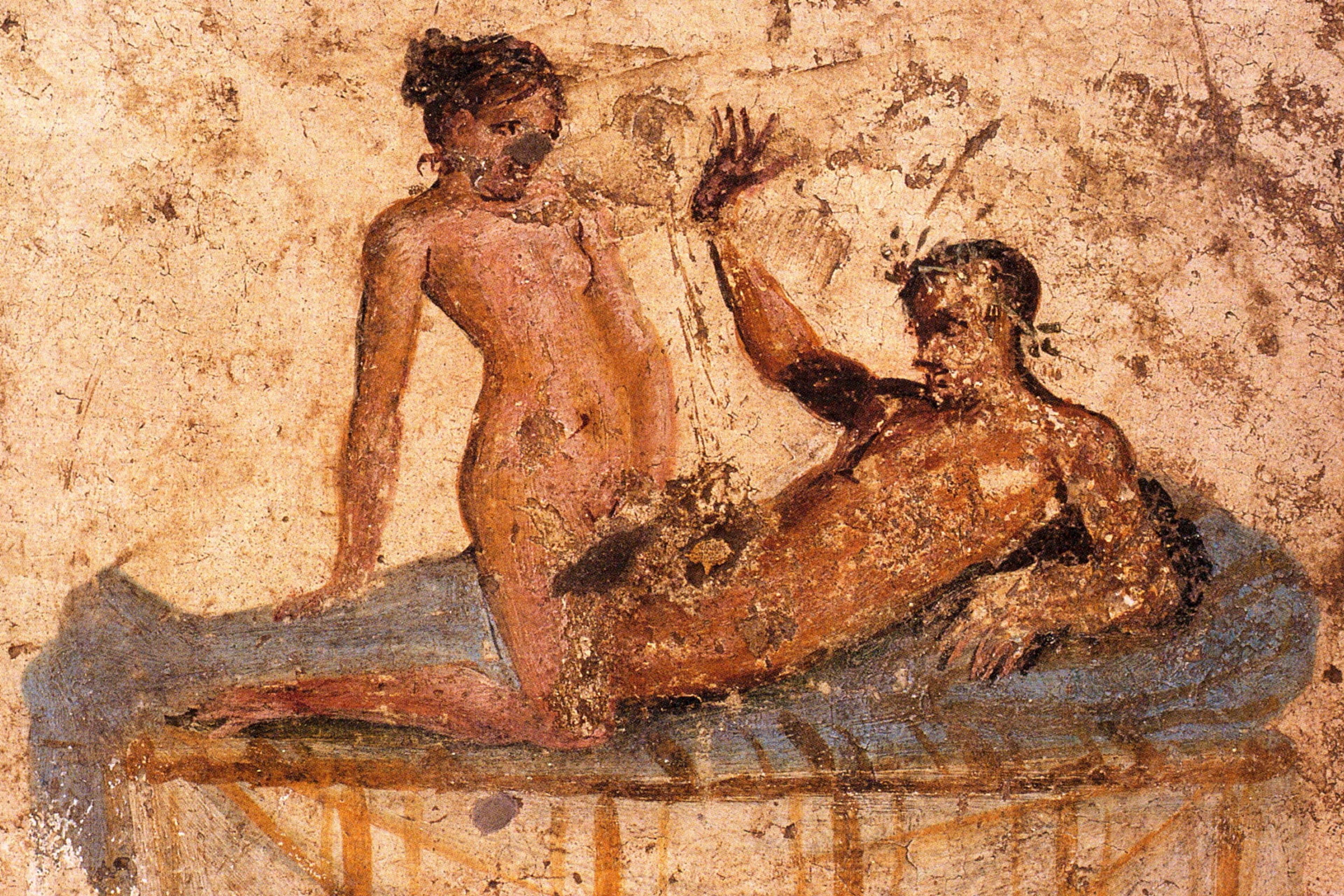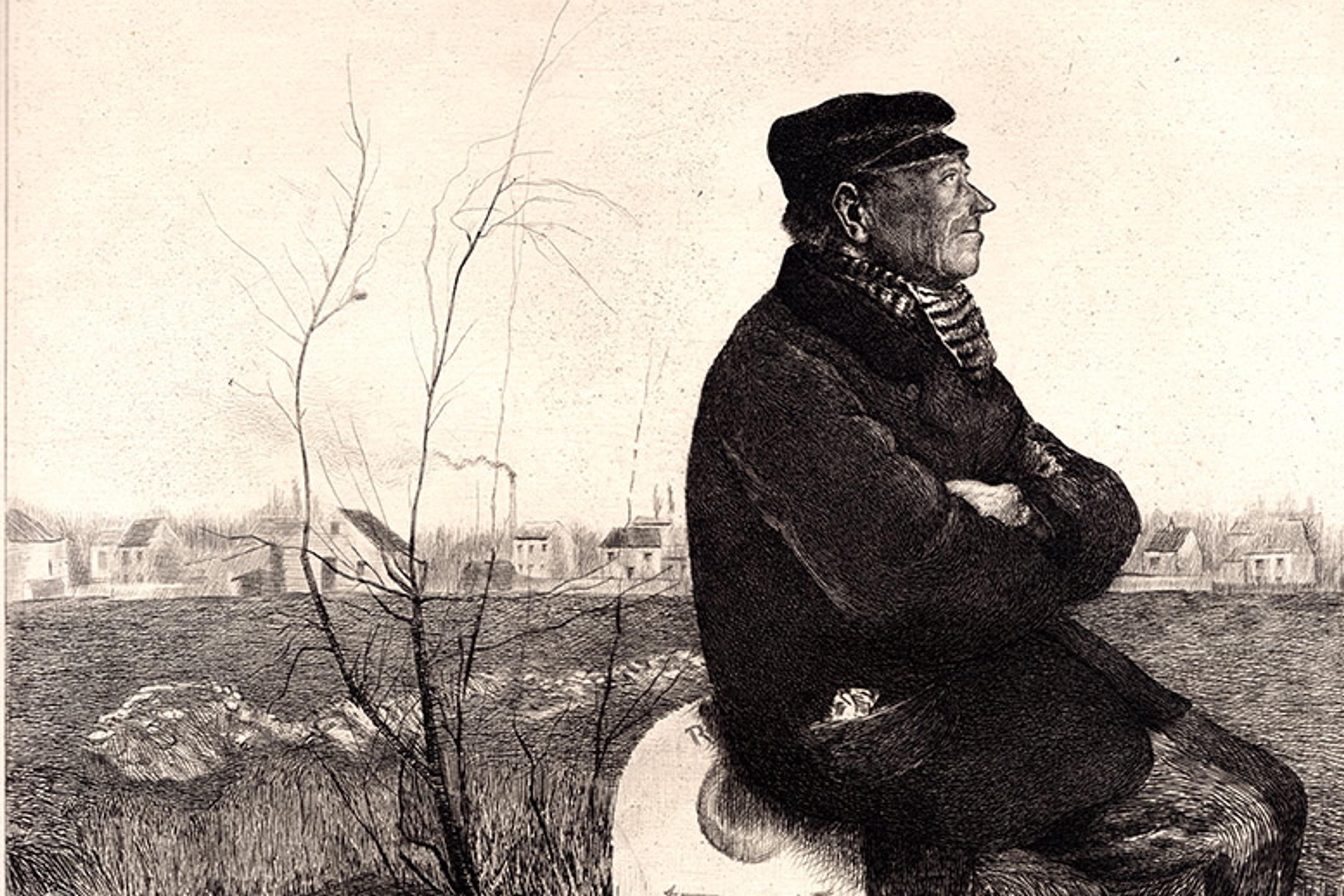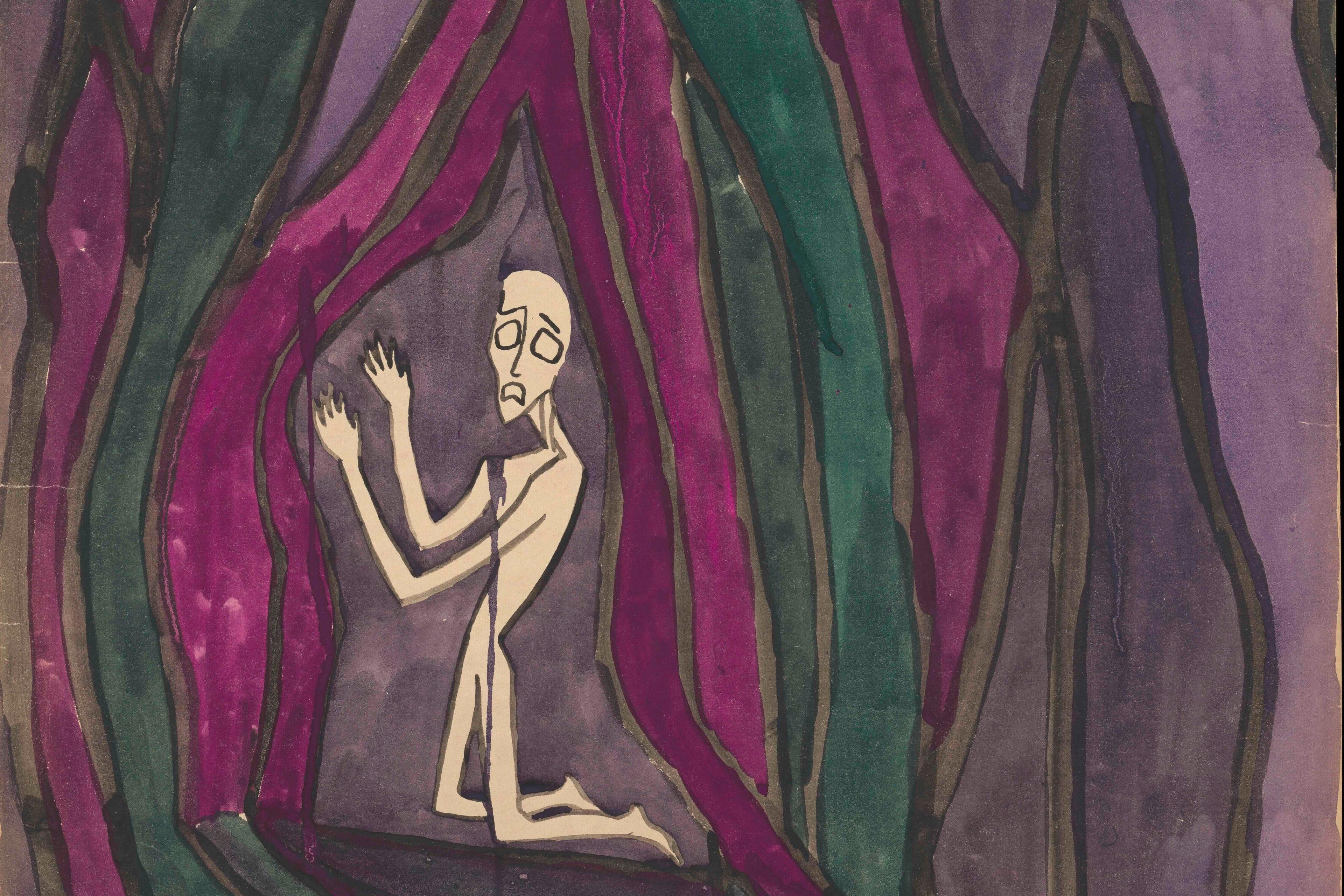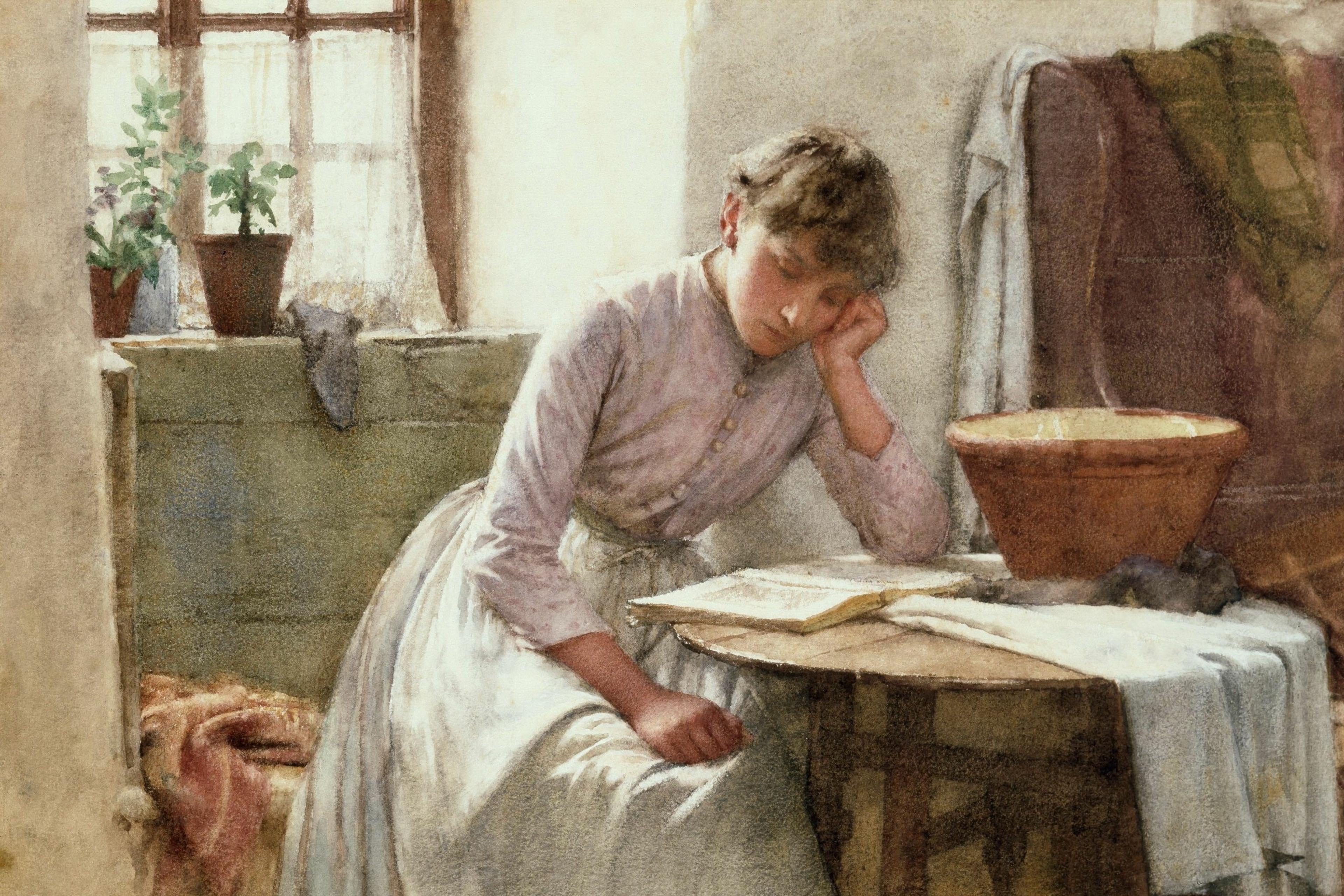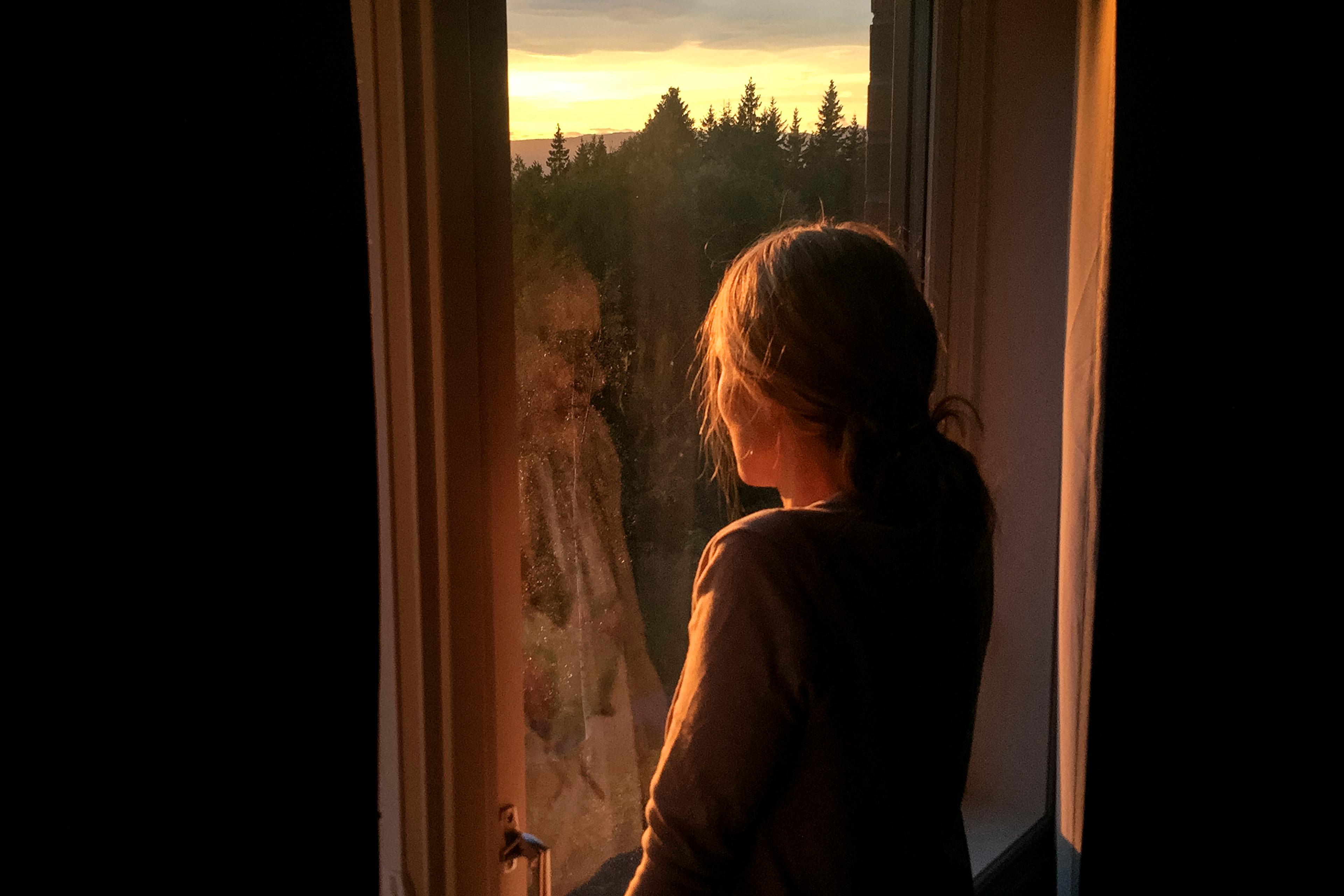I recently learned of an unusual interlude in the history of art that reminded me of the tumult of ideas that infuse and inform every work.
For the first 1,300 years or so after his crucifixion, Christ’s lower half as depicted in paintings, mosaics, sculptures and more was usually covered, obscured or otherwise de-emphasised. Similarly, from the 1600s onwards, artists throughout Europe tended to cover up the Lord, in keeping with their immemorial impulses of asceticism and decorum.
But during the intervening Renaissance period, with the emergence of humanism, artists began to pay uncommon attention to the Son of Man’s manhood. This is the subject of a classic text I happened upon by the Russian-born critic Leo Steinberg, The Sexuality of Christ in Renaissance Art and in Modern Oblivion (2nd ed, 1996).
Apparently it was towards the end of the 13th century that Christ’s member made its furtive debut, and by the 16th century it had achieved tumescence (though shrouded). Ludwig Krug’s engraving Man of Sorrows (c1520) is perhaps the best-known example of what Steinberg termed ostentatio genitalium, though there are many others.

Man of Sorrows (c1520) by Ludwig Krug. Courtesy the Met Museum, New York
Why did this brief flowering of Christ’s manhood occur? For Steinberg, celebrating the phallus was a means of celebrating the humanity of God – his ‘humanation’. As he writes, ‘to profess that God once embodied himself in a human nature is to confess that the eternal, there and then, became mortal and sexual.’ The other component was naturalism: artists in the Renaissance, for the first time, charged themselves with depicting things exactly as they appeared. If Christ appears as a man, then all of that man should be represented.
For me, this short-lived but striking breach in modesty reveals a fundamental insight about art – that behind every work lies, not only an individual artist’s style, but an expression of their place in an unfolding intellectual story.

